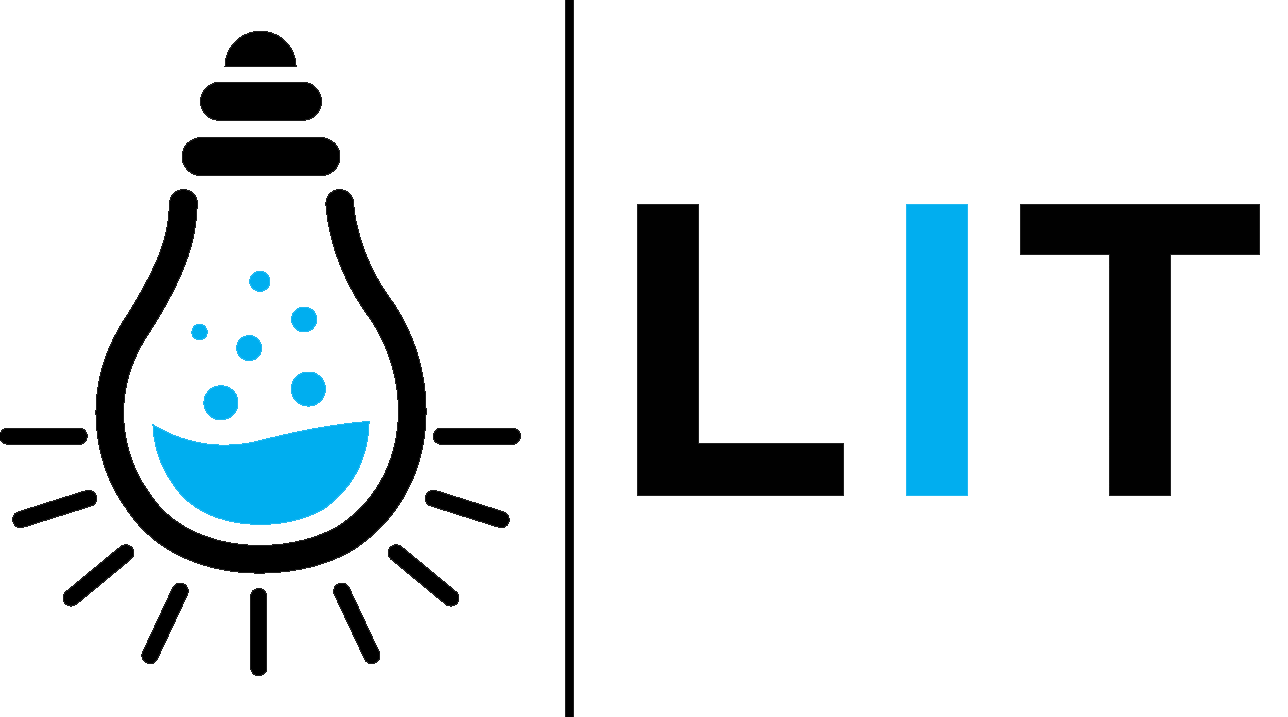When talented people have access to fabrication tools and expertise, incredible inventions can be manifested to solve local and global problems. For example, in the last decade we have seen teenagers invent test strips that diagnose cancer on the spot, low cost prosthetic limbs, or Alzheimer detectors. Having access to tools and expertise does not just increase the ability for people to develop the STEM workforce, but it can also bring new life and ideas into century-old problems. However, there is an inequity in who can innovate. There are lots of creative, smart, and driven people who do not have access to the resources and expertise of people to help them bring their ideas to life. Some communities do not have the awareness, means, or support to engage in designing solutions to local problems. Although they may have talented individuals, this talent gets wasted without opportunities to connect to tools and expertise. We intend to democratize access so more people can make use of these spaces, thus creating lost opportunities for innovation and workforce development.
In one project, we have developed a system that allows students and instructors using different hardware platforms (desktop computer, augmented reality and virtual reality) to collaborate in a virtual 3D space that merges physical and virtual objects. This system design was informed by discussions with physics teachers and makerspace coordinators, and is a platform on which different applications can be developed. The project is designed to connect people and resources regardless of their physical locations, so that local communities can make use of remote experts and remote fabrication facilities, to design solutions involving physical materials. The system addresses this inequity by allowing users to collaborate with others remotely, in order to engage in designing, creating, and learning about physical artifacts. Traditional collaboration technologies such as Zoom and Skype are good for remotely connecting people across space through 2D screens, but they are not designed to support educational activities where peers physically manipulate physical objects. The combination of technologies like VR, 3D real-time capture and rendering, and AR have the potential to bring geographically dispersed people together in a shared workspace. In this project we integrate technical innovations in AR, VR, and 3D scanning, for the context of makerspace collaborations. We aim to create a platform where on-site and remote users can contribute to a shared creative process, through features that facilitate communication, design and learning about physical objects.
In other projects, we have performed analyses of existing AR/VR literature and systems in order to understand how immersive technologies can support collaboration between users. We contributed literature reviews and organization frameworks for classifying the collaboration needs and features, which should be considered when designing immersive experiences for collocated settings. In recent years augmented reality technology has been experiencing significant growth through the emergence of headsets that allow gestural interaction, and AR designers are increasingly interested in using this technology to enhance collaborative activities in a variety of physical environments. However, collaborative AR applications need to contain features that enhance collaboration and satisfy needs that are present during the group activities. When AR designers lack an understanding of what collaborators need during an interaction, or what features have already been designed to solve those needs, then AR creators will spend time redesigning features that have already been created, or worse, create applications that do not contain necessary features. While much work has been done on designing virtual reality (VR) collaborative environments, AR environments are a relatively newer design space, and designers are lacking a comprehensive framework for describing needs that arise during collaborative activities and the features that could be designed into AR applications to satisfy those needs. In our papers we contributed literature reviews in the areas of augmented reality and virtual reality, and we contributed a list of design features and needs that are helpful to consider when designing for headset-based collaborative AR experiences.
People
Iulian Radu, Tugce Joy, Yiran Bowman, Ian Bott, Eduardo Hoppenstedt, Max Snyder, Kyle Leinart
Publications
Radu, I., Joy, T., & Schneider, B. (2021, May). Virtual Makerspaces: Merging AR/VR/MR to Enable Remote Collaborations in Physical Maker Activities. In Extended Abstracts of the 2021 CHI Conference on Human Factors in Computing Systems (pp. 1-5).
Radu, I., Joy, T., & Schneider, B. (2021). Virtual Makerspaces: Merging AR/VR/MR to Enable Remote Collaborations in Physical Maker Activities. In Project Showcase & Competition of the 7th International Conference of the Immersive Learning Research Network (iLRN 2021)
Radu, I., Akkoc, T.,Bowman, Y., Bott, I., & Schneider, B. (2021). A survey of needs and features for collaborative augmented reality in collocated spaces. PACM on Human-Computer Interaction, Vol. 5, No. CSCW1, 1-21.
Hoppenstedt, E., Radu, I., Tugce, A., & Schneider, B. (2021). Finding Issues and Solutions During Augmented Reality Collaborative Problem Solving. In the 14th International Conference on Computer Supported Collaborative Learning (pp. 229-232). International Society of the Learning Sciences.
Radu, I., Joy, T., Bott, I., Bowman, Y., & Schneider, B. (2022). A Survey of Educational Augmented Reality from Academia and Practice: The Effects on Cognition, Motivation, Collaboration, Pedagogy and Applications. 2022 8th International Conference of the Immersive Learning Research Network (iLRN), pp. 1-8
Radu, I., Joy, T., Bowman, Y., Bott, I. & Schneider, B. (2021). Using Augmented Reality in Education: Opportunities and Pitfalls. International Society for Technology in Education.
